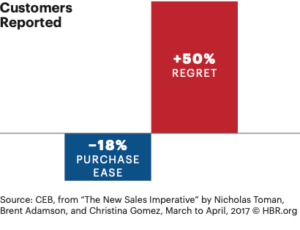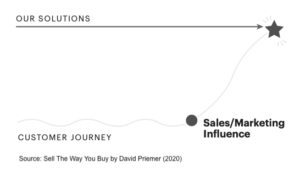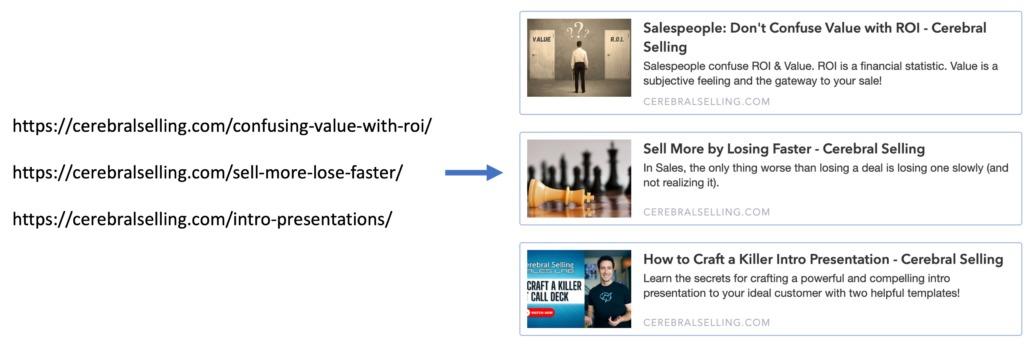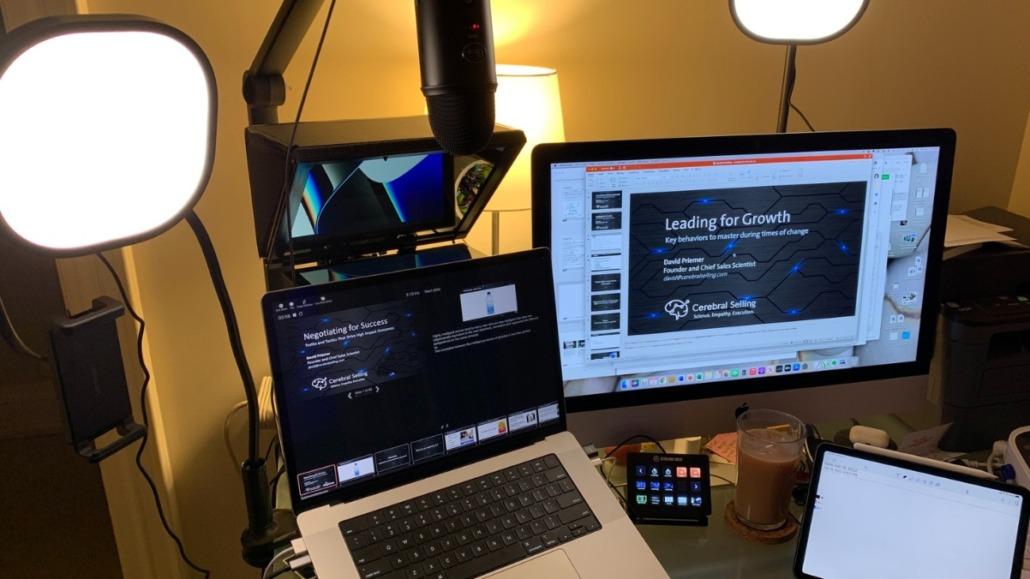How To Sell More by Nailing the Buying Experience
People don’t love companies because of their physical products.
They love them because of the experiences they create.
For example:
- IKEA doesn’t sell furniture. They sell easy transport and assembly.
- Uber doesn’t sell transportation. They sell frictionless rides on demand.
- Disney doesn’t sell rides and movies. They sell magic and enchantment.
- Ritz Carlton doesn’t sell hotel rooms. They sell personal care and attention.
- Amazon doesn’t sell “everything”. They sell instant checkout and one-day delivery.
In the world of modern selling, this phenomenon also extends to the experience buyers have purchasing from you.
Gartner reports that companies that deliver a great buying experience grow two times faster than those that deliver average experiences. Salesforce’s State of the Connected Customer report agrees, stating that 80% of customers feel the buying experience a company provides is as important as its products and services. So if you want to sell more, you need to create a high-value and frictionless experience during the sales cycle that transcends the business value customers get from your solution. In other words, how you sell is more important than what you sell.
Here are five 5 ways salespeople can create an amazing buying experience.
1. Do Your Homework!
Modern buyers are used to hyper-personalized experiences and recommendations on the social, shopping, and entertainment platforms they use. That’s why whether you’re engaging a customer in a prospecting, discovery, or upsell conversation, nothing spoils their experience faster than showing up with wrong, incomplete, or disorganized information.
For example:
- Leading with a generic, low-effort, drive-by sales pitch
- Not understanding the customer’s current usage of your products or services
- Failing to research the background of the person, industry, or company you’re reaching out to
- Forgetting to review previous notes you or others from your company left in the CRM (<– a HUGE one!)
In the past, I’ve spoken about the value of doing your homework when it comes to preventing customers from ignoring your outreach and getting them to pay attention.
Bottom line: doing your homework is critical to your customer’s overall experience and your success in any selling role!
2. Be Prescriptive
Most of the time, the thing your customer is buying from you isn’t something they buy very often. In fact, your particular product or service may be totally unfamiliar to your audience or new to the market. Research from Gartner shows this makes navigating the buying process very difficult for your customers, especially if the purchase is risky or expensive.

This is where the best salespeople create amazing customer experiences by helping their customers do three things:
- Define the problem
- Drive the evaluation criteria
- Set high-value next steps.

By shaping your customer’s journey so it intersects with your solution and leading them through those key areas of the buying process, you can create a much easier buying experience and reduce feelings of post-purchase regret.

3. Allow Them to Say No
While the power of prescription can create a better buying experience, if a customer feels a salesperson is pressuring them to take a meeting, commit to a next step, or “close them” at the end of a call (even the slightest of ways), they’ll become immediately resistant. It’s a scientific principle known as reactance and it’s the feeling of resistance brought about by a perceived elimination of behavioral freedom. It’s the same reason you snap back at retail employees offering their help the moment you walk into their store with “No thanks. I’m just looking.” Even asking your customers leading questions (e.g. “Is saving money important to your business?” or “Could you handle 3X more hot sales leads?”) can trigger their defenses and make engaging them impossible.
The simple antidote to avoiding this defense mechanism and delivering an amazing experience is making the customer feel in control by giving them the freedom to say no. While it may seem counterintuitive, this approach is backed by science and research. When your customer feels that they have the freedom to say no if they choose, it’s more likely they’ll say yes! If you’re looking for ways to identify and stamp out these offending behaviors, check out this post.
The side-benefit of this approach is that if the customer’s answer is indeed no, it will help you get to and lose faster! After all, the no is the second-best answer is sales with maybe, or even worse, ghosting being a very distant third.
4. Add Value First (and Often)
Buyers hate the experience of working with needy salespeople. And yet, salespeople have needs. Among other things; information, access to decision-makers, and key insights into their customer’s deepest, darkest pains. So before making withdrawals from your customer’s stock of time and attention, it pays to make deposits!
For example, instead of “just checking in”, send them a third-party article, study, or business book you feel they’d enjoy. (i.e. the “thinking of you” approach, especially powerful when prospecting). Or make an introduction to a like-minded customer or third-party expert who can help them in their role. In fact, intimate executive dinners that focused on adding value by catalyzing discussion and building community were the highest ROI events we ran in my segment at Salesforce.
The reason these approaches are so powerful is because they’re rooted in the psychological concept of reciprocity; the practice of responding to a positive gesture, action, or behavior in kind. In Sell The Way You Buy, I talk about one of the easiest ways to invoke reciprocity, add value, and create an amazing customer experience which is to simply listen to them. In fact, in a recent Salesforce State of Sales Report, when salespeople were asked to list factors that they felt had an extreme or substantial impact on converting a prospect to a customer, listening topped the list. No doubt, due to the positive customer experience it creates.
5. Use Technology to Create Moments of the Delight
In a world full of boring virtual meetings and endless emails, even small moments of surprise and delight in your execution and follow-up can help you stand out and create an amazing experience for your customers. For example, not a week goes by without a client commenting on the tech I use to deliver my virtual presentations and online training.
“How is your camera so clear?”
“How do you pop in and out of screen sharing so quickly?”
“How are you maintaining eye contact ALL the time?”
Since so many people ask for a detailed breakdown of the components, costs, and how I use them to create engaging virtual presentations, I created a handy summary and video tutorial with all the info you need.
Recently, a CEO told me how much she loved that the helpful links I shared in a follow-up email were shown as clickable previews instead of basic text (the tool I use is called Mixmax and I love it!).

Don’t underestimate the power of the small things that set you apart and create a memorable customer experience!
In a world full of infinite solution choices and razor-thin customer mindshare, budgets, and bandwidth, it doesn’t matter what you sell or who you’re selling to.
Your customer’s experience IS your product.
We promise never to send you junk or share your email! Just helpful sales insights.














